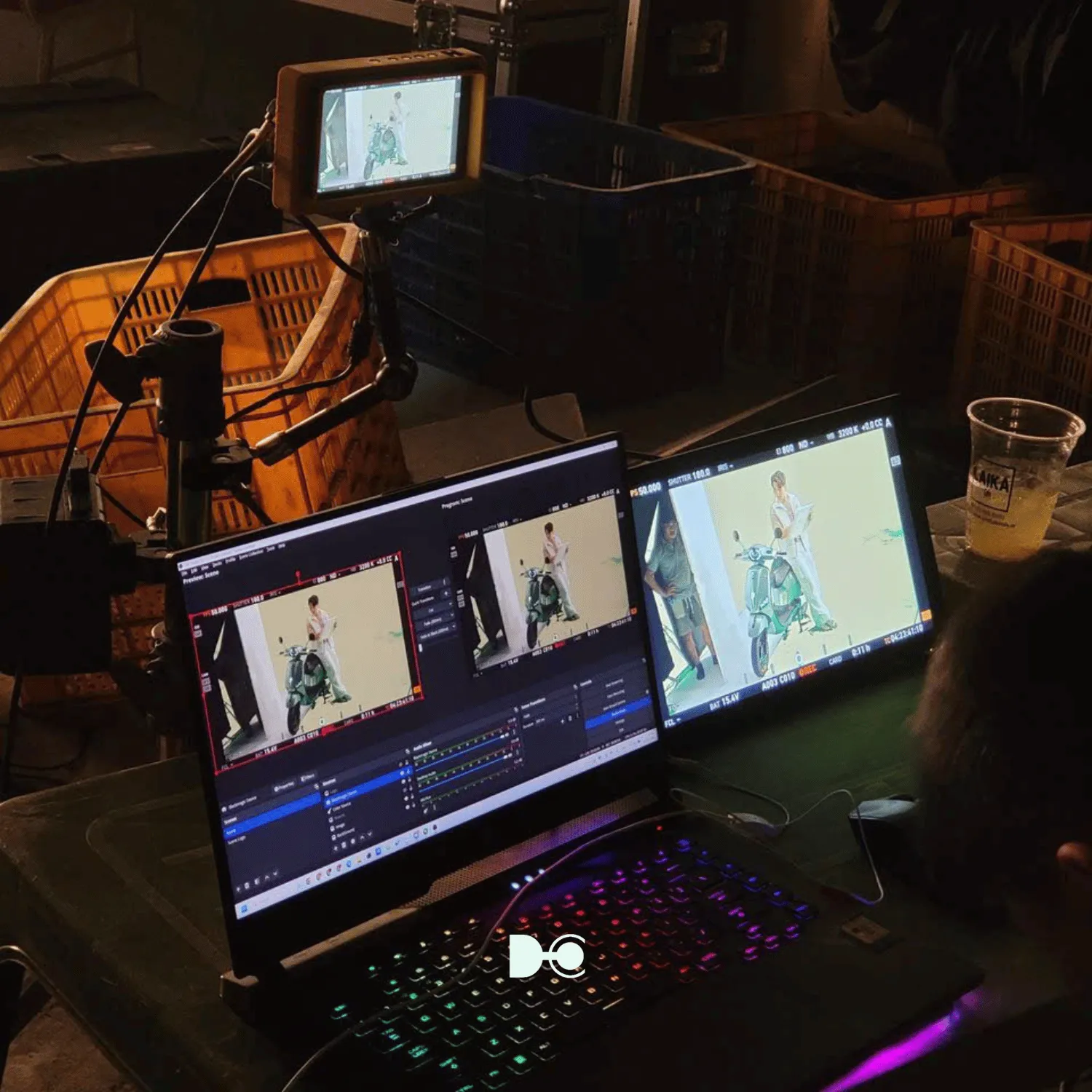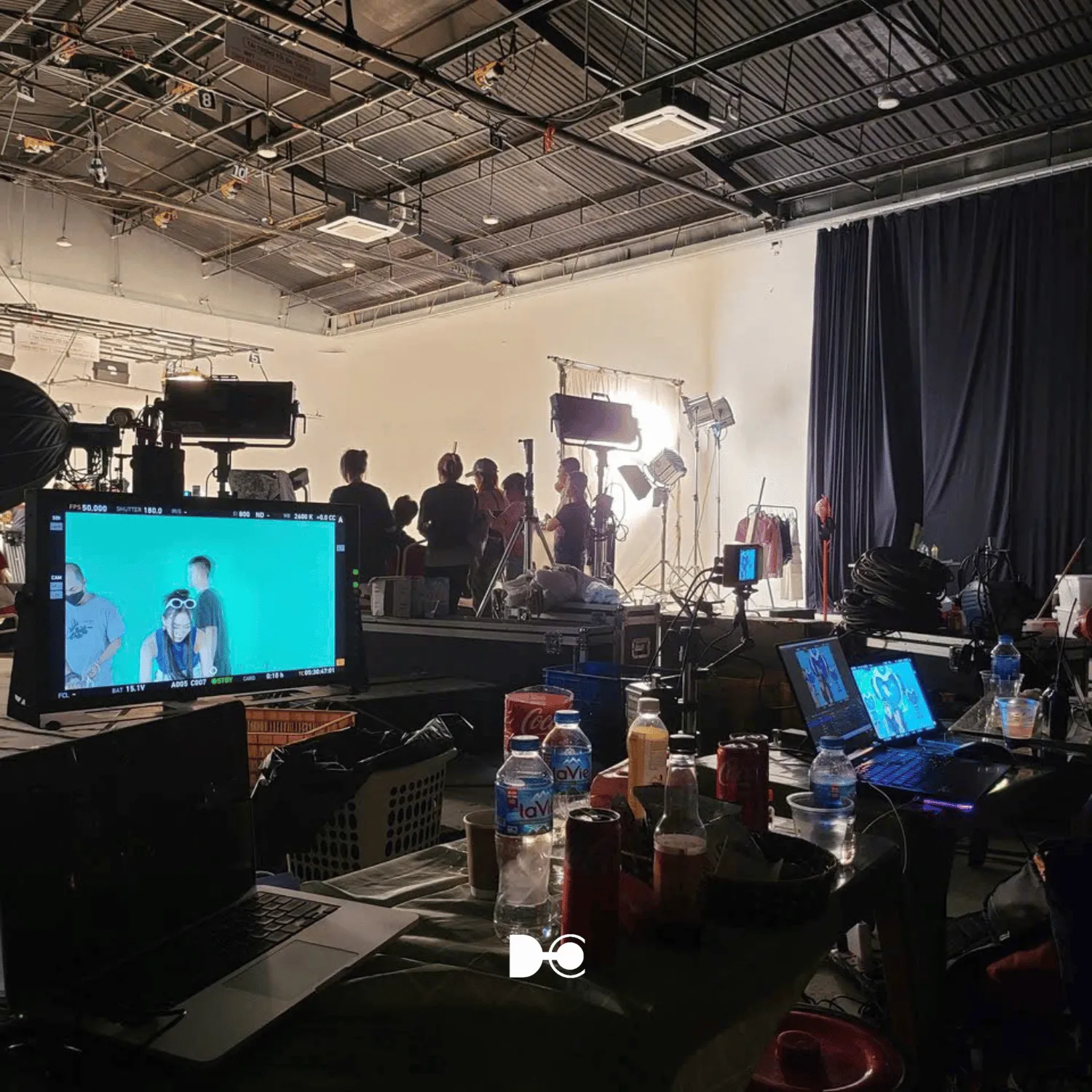Are you excited about launching a new product, a good, well-made product? So…. How to sell it?
Stop for 5 minutes.
Ask yourself: “What am I really doing? For whom? And do people really need it?
I have invested a lot in the product – from design, materials to experience – but 3 failures are still 3 times I thought “anyone can be a customer”.
A good product is not enough – if it is not clear who the buyer is.

We used to believe: quality products will sell themselves
I am not a newbie in business. My company has been in the market for nearly ten years.
However, looking back, I have made products in the wrong direction 3 times – just because I did not clearly identify who my target customers were.
We used to:
- Create a line of extremely beautiful handmade stationery – but no one knew when to use it, who to give it to, where to sell it.
- Invest in high-end products for… “everyone who needs gifts” – only to find that no one considered us the right person.
- Create gift boxes that “everyone loves” – but that didn’t fit the budget of any segment.
- Launch a line of local craft products – but didn’t clearly position ourselves as selling to tourists, corporate customers or the international market.
- And most recently, we created a Tet product line – which by December 25, had not sold 50%.
I don’t tell these things to complain.
I share because I wish someone had pointed this out to me sooner:
“Making a product without knowing who to sell it to – no matter how beautiful or high-quality it is, it’s just like having everything ready, like the bullet is loaded but the target is not determined!

Common problem: everyone is a customer – which means no one is really a customer
Have you ever heard (or said to yourself):
“I make a good product, anyone can use it.”
“Any customer will like this.”
“Focus on making it good, selling it later.”
I used to think that way. And the price is:
- Products are in stock.
- Sales team is confused and doesn’t know what to say.
- Marketing is running ads haphazardly, but the conversion rate is almost zero.
- Production team is out of breath because they keep doing – then fixing – then abandoning.
We don’t lack passion. We don’t lack creativity. We don’t lack quality
We were missing just one thing: DETERMINING SPECIFICALLY WHO WOULD BUY.

We only recognized the disease when an expert asked exactly 3 “painfully basic” questions.
A year ago, after another failure, I invited an outside expert to “diagnose” the problem.
He asked me only 3 questions:
- Who are you selling this product to? (be as specific as possible)
- Why would they buy it? What problem do they have that this product solves?
- Where and how will they see it?
I was speechless. And I realized: I didn’t have a really clear answer.
I couldn’t identify the customer profile.
I couldn’t identify the consumption context.
I couldn’t identify the buying motivation.
How could the product be accepted?

Bottom line: Don’t confuse “good” with “right”
A good product is not necessarily the right product.
Good is when you make it with all your heart, quality, and kindness.
Right is when the product meets a real need, of a specific group of people, at a specific time and context.
I used to “love my product” so much that I thought everyone would love it. But customers don’t buy because of you

Advice for those who are preparing to launch a new product
Define your target customers as specifically as possible
Don’t say “young people”, “women”, “office workers” – that’s not enough. Go to each specific portrait:
- 28-year-old girl, office worker, often buys gifts for her boss.
- Director of a small and medium-sized company, needs a Tet gift for a partner.
- Stay-at-home mom looking for a delicate but economical gift for her child’s teacher.
Write a single sentence answering: What is the reason for this product’s existence?
No need for fancy. Just real:
“This product helps the gift giver show sophistication without being too ostentatious, on a budget under 1 million.”
Test on a small scale first
Don’t produce 1,000 if you haven’t sold the first 10.
The bullet is loaded – don’t shoot if you haven’t determined the target
You can make a good, beautiful, quality product.
But if you haven’t clearly defined who the product is for – then you are making a product for yourself.
Don’t be like me before – only to realize after the third time.
Ask yourself clearly: what, who, where is the target of this shot?
Then pull the trigger.












